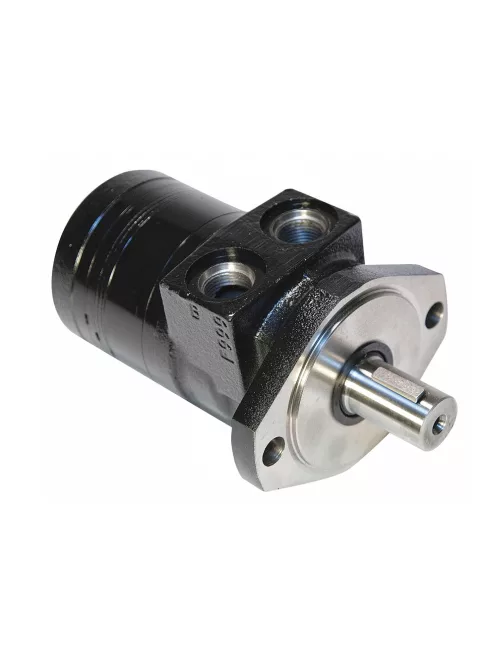Steps of Hydraulic Motor Refurbishment
Hydraulic motor refurbishment is a specialized process requiring considerable expertise and the right tools and parts. The goal is to restore a hydraulic motor that is less efficient or even non-functional back to its original condition.
During refurbishment, the equipment is dismantled into small parts. This allows for precise identification of parts that need replacement and enables thorough cleaning.
All hydraulic motors available at MPH come from reliable manufacturers, well-established leaders in their field. However, even with top quality and meticulous care, hydraulic systems have a defined lifespan. After this, individual parts may need replacement, or the system can be given new life through a refurbishment process.
Operation of Hydraulic Motors
Hydraulic motors are essential components of hydraulic systems. Their function is to convert hydraulic energy into mechanical energy, enabling the operation of various machines and equipment.
Their applications are extensive and diverse. They are widely used in agriculture, industrial production, construction, and mining. The goal across these fields is to achieve high power output with a relatively small, compact system. Hydraulic equipment has exceptionally high energy density, making it ideal for this purpose.
In addition to high power output, hydraulic motors offer smooth, precise operation, which is crucial in these applications. In mobile hydraulics, where space is often limited, the compact size and high energy density are particularly advantageous. The Parker F1-025 M hydraulic motor is an excellent solution for these scenarios.
Step-by-Step Hydraulic Motor Refurbishment
If the hydraulic motor no longer performs as expected and there is a significant drop in efficiency, refurbishment is necessary.
-
First, assess the current condition of the hydraulic motor. This involves testing its performance and using specialized diagnostic machines to narrow down the source of the issue.
-
The next step is to begin disassembling the equipment. This requires patience and precision. Documenting the removed parts is advisable, as everything must go back in its place during reassembly. Examining each component individually helps identify the source of the problem.
-
Thorough cleaning is important, even for parts that show no faults. Removing contaminants can lead to significant performance improvements.
-
Each component’s condition must be assessed carefully. Even minor deviations or nearly invisible flaws can cause serious issues.
-
Some components, such as seals and bearings, are particularly vulnerable and require more frequent replacement.
-
Once all parts are cleaned, repaired, or replaced as needed, reassembly can begin. This step also requires patience and precision from the technician.
-
After refurbishment, the hydraulic motor should be tested under pressure to detect any potential issues effectively.
Contact Us with Confidence
At MPH, in addition to selling hydraulic equipment, we also handle their servicing. If you have questions about our products or services, please feel free to contact us through any of our channels!


